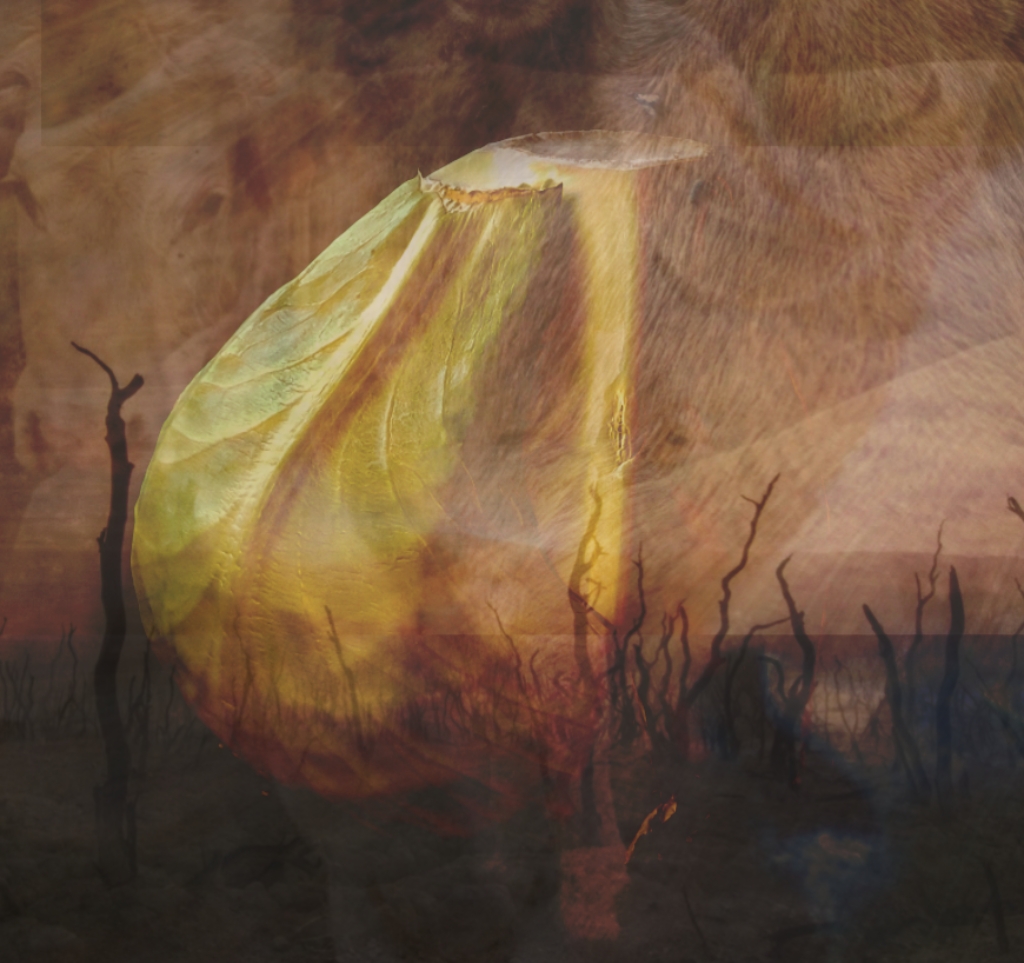Now he has just made it through cancer treatment – and has come out the other side with a gnawing need for expression. I’ve never seen him so maxed out. He probably doesn’t notice it himself but his art has changed in the game itself with contrasts. It’s hell on a different level this time! Art history from Caravaggio, Rembrandt, de la Tour, Turner and beyond flows through the images. The kinship becomes clearer with the right of age. The punk in him is nowadays not as restrictive when it comes to pointing out or outright shrugging off his role models.
One of them is spelled Rembrandt Harmenszoon van Rijn.
It’s about light, shadows, darkness, seamless transitions, mystifications. Ceson subjects his photographs to a pulsating and enchanting lighting number. He uses his own digital chiaroscuro editing, a technique that combines bold light with intense darkness to emphasize the depth of the subjects. Just as with Rembrandt, it is in the shadows that the mysterious and dark awaken the viewer’s curiosity and imagination. The dynamic between visible and hidden.
One of the most fundamental stories in Ceson’s art is about “The Human Condition”. By not only depicting, for example, a forest clearing, a cathedral, an invasive plant, he pushes the material as much as possible to trigger something existential in us who watch. Therefore, one should not be in a hurry when diving into Ceson’s world.
Even if the darkness creeps into the motifs, the light also creeps in with certainty. Here, I think Ceson begins to approach the intense red and yellow shades that we can see in the works of the English painter William Turner, among others. Turner was obsessed with the yellowness of the sun. Correspondingly, Ceson is obsessed with the golden color of the dusk and dawn light.
Historically, there is actually a top title for this style: Klärobskyr. Or (the nicer version in French): Clairobscur. The light and translucent darkness. The semi-darkness. The deliberately diffuse distribution of dawns and shadows. Reflexes. Reappearance.
The goal is, I guess, for us to perceive the meaning of the unnaturally natural on the inside of our eyelids. Test. See the image first and then close your eyes for 15 seconds and project the subject from memory onto the inner cinema screen in your head – what do you see? Do you see just a mousetrap or something more? Just one cathedral in the crowd of other cathedrals? Another plant you don’t know the name of?
So: What happened to the light that turns into sound, where Fredric and I met once in the 1990s? I actually think his pictures sound better than ever. There are lots of timbres, bass lines and compact breaks. But this time it is more reminiscent of a string quartet. Which here and there strikes a chord in fortissimo: I Live!!!
Text Mikael Strömberg, musician, writer and artist.




